La Cueva de los Murciélagos de Zuheros or Cave of Bats was occupied by Neanderthals and Neolithic people
By Nick Nutter | Updated 15 Mar 2022 | Córdoba | Places To Go |
Login to add to YOUR Favourites or Read Later
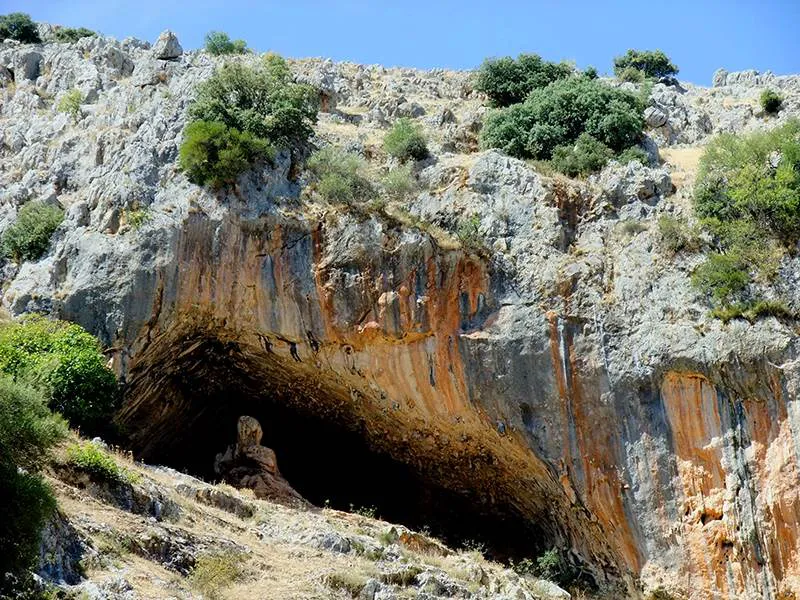
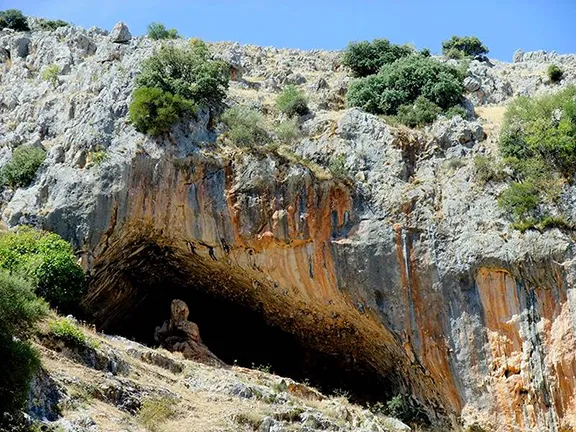
Entrance to La Cueva de los Murciélagos de Zuheros
65 million years ago, the limestone bed of the Tethys Sea was pushed upwards by the action of the African tectonic plate pushing against the Eurasian plate. This tectonic action resulted in the formation of the mountain ranges of southern Spain, the Cordillera Bética, that run from the Portuguese border northeast to Valencia. Within that range, located between the depression of the Guadalquivir river and the Penibetica mountain range, is the Subbéticas mountain range. The Sierras Subbéticas Natural Park is a stunningly beautiful part of that range in Córdoba province. Here you will find, almost 1000 metres above sea level, one of the most important caves in Andalucia, La Cueva de los Murciélagos de Zuheros, which translates to Cave of the Bats.
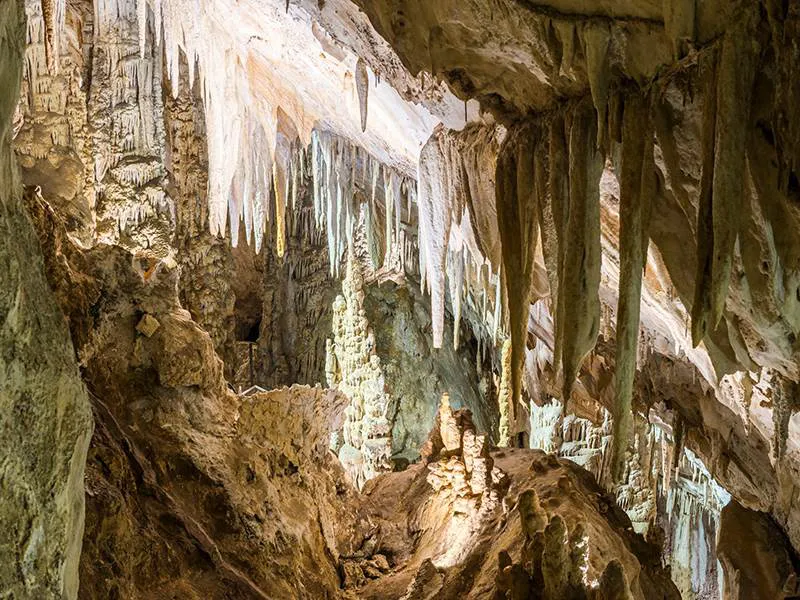
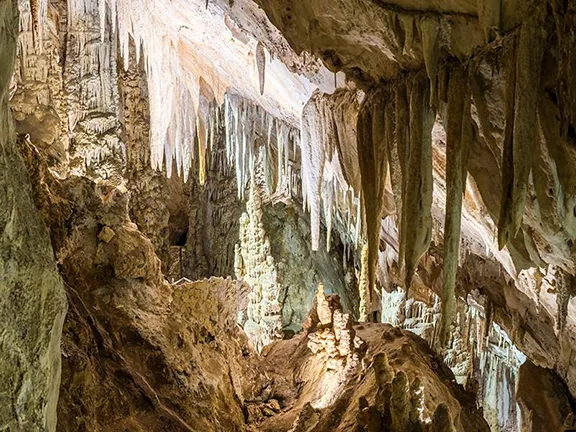
Formations
The cave was formed, over millions of years, in the limestone bedrock by the dissolving action of rainwater filtering from the surface, through fissures in the rock and eventually emerging as streams at the base of the Sierra. An earthquake about 10 million years ago helped create caverns in the cave that are now richly adorned with stalagmites (they are the ones that rise from the floor) and stalactites (they hang from the roof). Calcite curtains drape themselves over rock faces and calcite flowstones cover some horizontal surfaces. The colours in the formations come from minerals dissolved in the water as it percolates through the rock. The cave extends about 3 kilometres with some of the far reaches still unexplored. About 500 metres of cave can be visited.
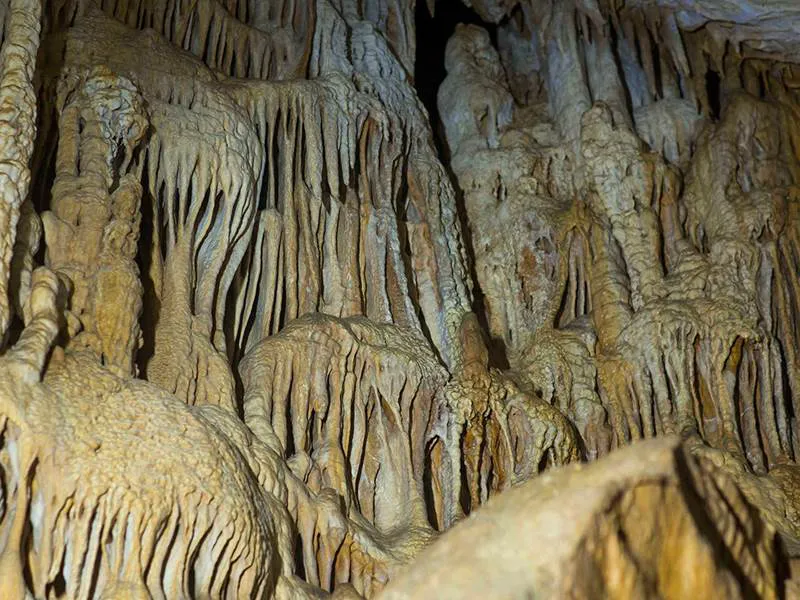
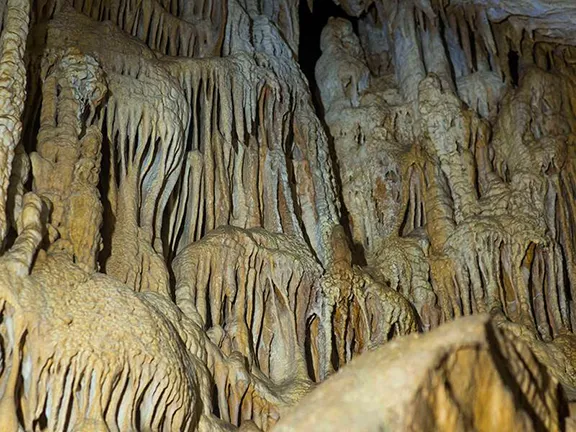
Formations
The caves importance derives not so much for its formations, but for its record of human occupancy. Mousterian tools found in the cave show that Neanderthals were using it between 65 and 30,000 years ago. They disappeared and modern humans arrived on the scene. Stone tools dating to the Upper Paleolithic period, roughly 40,000 to 12,000 years ago, have been found associated with zoomorphic and linear engraved cave art. However, it is during the Neolithic period that the cave shows most human activity.
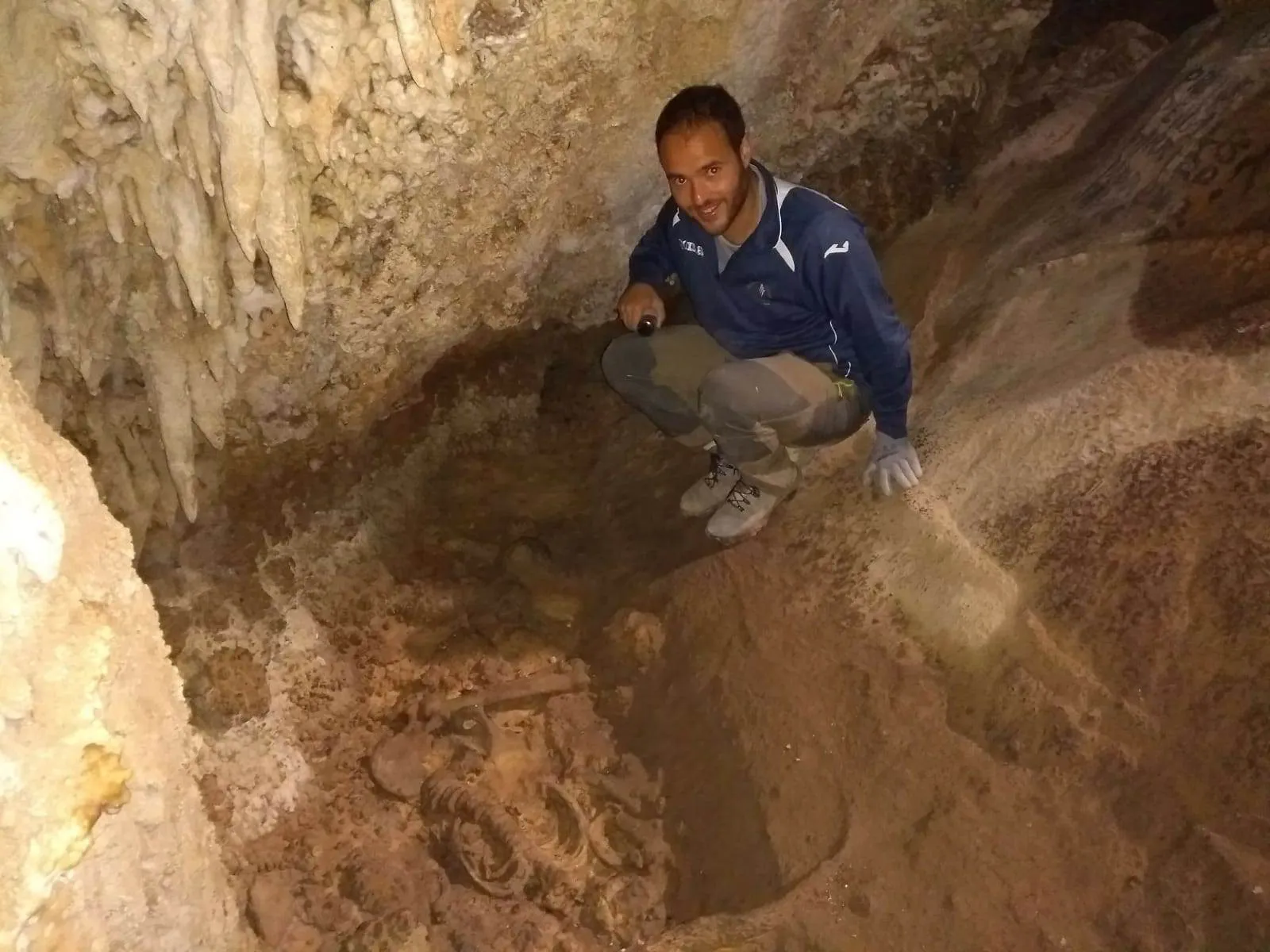
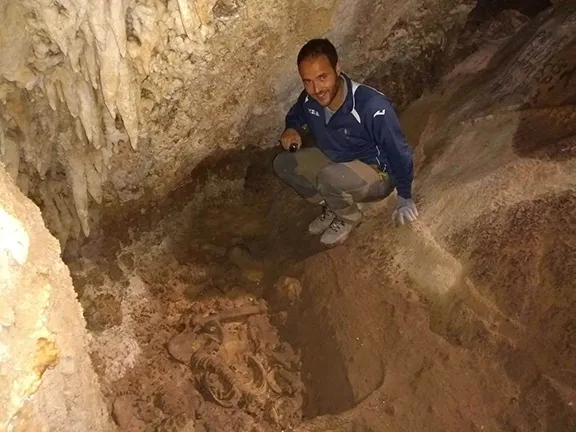
Neolithic burial with Antonio J. Poyato. Photo: Juanje Priego
The Neolithic people arrived in the Iberian Peninsula about 5800 BC. Evidence from la Cueva de los Murciélagos indicates they were using the cave as an occasional dwelling from about 5200 BC. In the depths of the cave, explorers found a burial of a male. With him were a ceramic pot and a stone bracelet indicating he was an important person to the group. The skeleton is calcified into the rock and has been left in situ although the skull and bracelet have been removed to the Archaeological Museum at Córdoba. In 2018 researchers took DNA from the remains and came to the conclusion that it was 7245 years old.
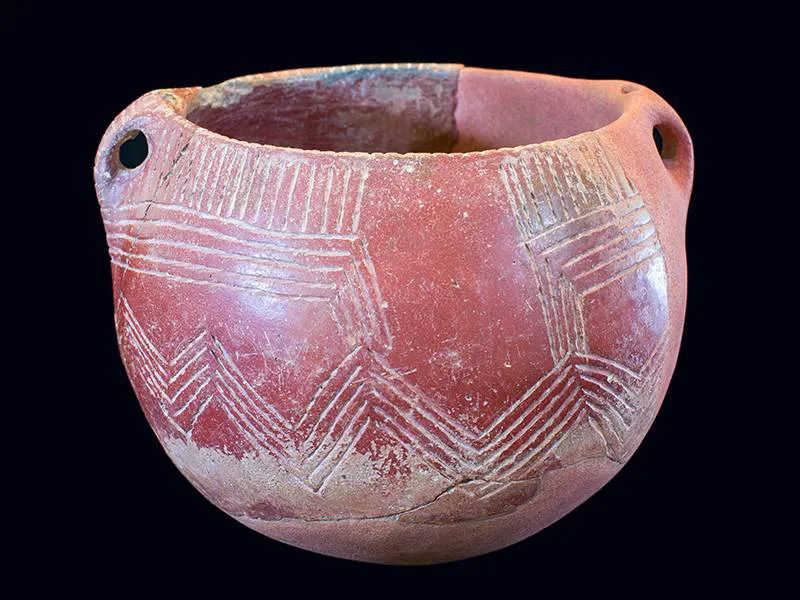
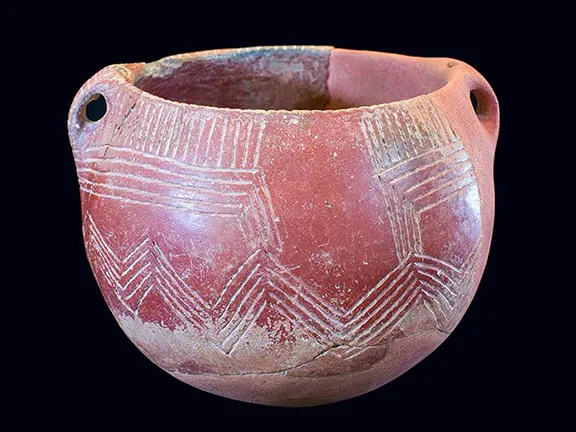
Ceramic pot grave goods
Even at such an early date, humans were dividing their living space into compartments depending on the activity. Burials occurred at the lowest part of the cave, the most remote. In caverns and passages above the lower levels, paintings have been found consisting of images of animals, mainly the Ibex which would have been a tasty luxury when the paintings were made, between 4,000 and 3,500 BC. There are also some representations of human figures and one interpreted as an idol. In this part of the cave small deposits of toasted grain have been found and a few seeds from the opium poppy, native to southwest Spain. It is thought that the seeds were an offering to the gods to ensure a good harvest and the opium fumes put the oracle or shaman into a suitably relaxed state to communicate with the gods.
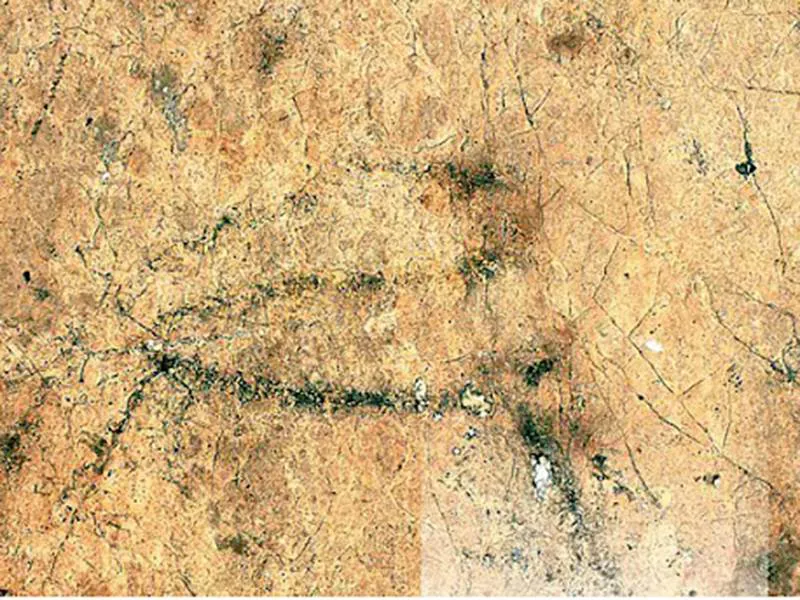
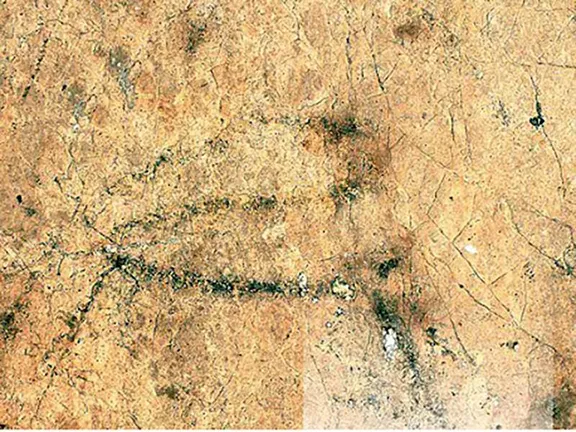
Ibex rock art
Interestingly, the earthquake that opened up the cave, also created an opening on the surface, about 65 metres above the floor of a cavern. From the number of animal bones found in the cavern, including those of a bear, it appears as if some had been deliberately driven into the hole to drop to their death below. There they were butchered, some of the larger bones display characteristic cut marks, and taken to the upper level near the entrance, to the living part of the cave.
So, where do the bats fit in? Until the 1970’s the cave was home to thousands of bats of four different species. The use of pesticides and the olive monoculture in the areas surrounding the cave reduced the number of insects available for food. Today a few hundred Big Horseshoe bats survive.
The cave can be visited. It is best to make a reservation at the Eco museum 200 metres from the cave. Opening times vary from those shown on the website so ring 957694545 between 10 am and 1.30pm Tuesday to Thursday.
Tours are on foot and last about an hour. They cost 7.50 Euros per person (August 2020). There are 700 steps to negotiate so it is not suitable for the totally unfit. Taller people should also be careful of cracking their heads in some of the sections of tunnel where crouching is necessary. The guide, ours was Antonio J. Poyato, is excellent and takes time out to explain the cave in English.
For opening times of La Cueva de los Murciélagos de Zuheros click here